 新闻详情
新闻详情
 新闻详情
新闻详情
万双网讯 “看,我的荷兰风车转起来啦!”10月12日上午,VBS历时4个课时的建筑课与人工智能课实现了跨学科融合,学生们顺利完成了首个跨学科融合作品《荷兰风车》的制作。五颜六色的纸风车,是孩子们心血的结晶。
VBS News Net: 'See, my Dutch windmill starts to rotate!' students completed the production of Dutch windmill after 4 periods of Architecture and AI on 12th October as the VBS achieved inter-disciplinary joint studies. The windmill by paper was students' hard work.
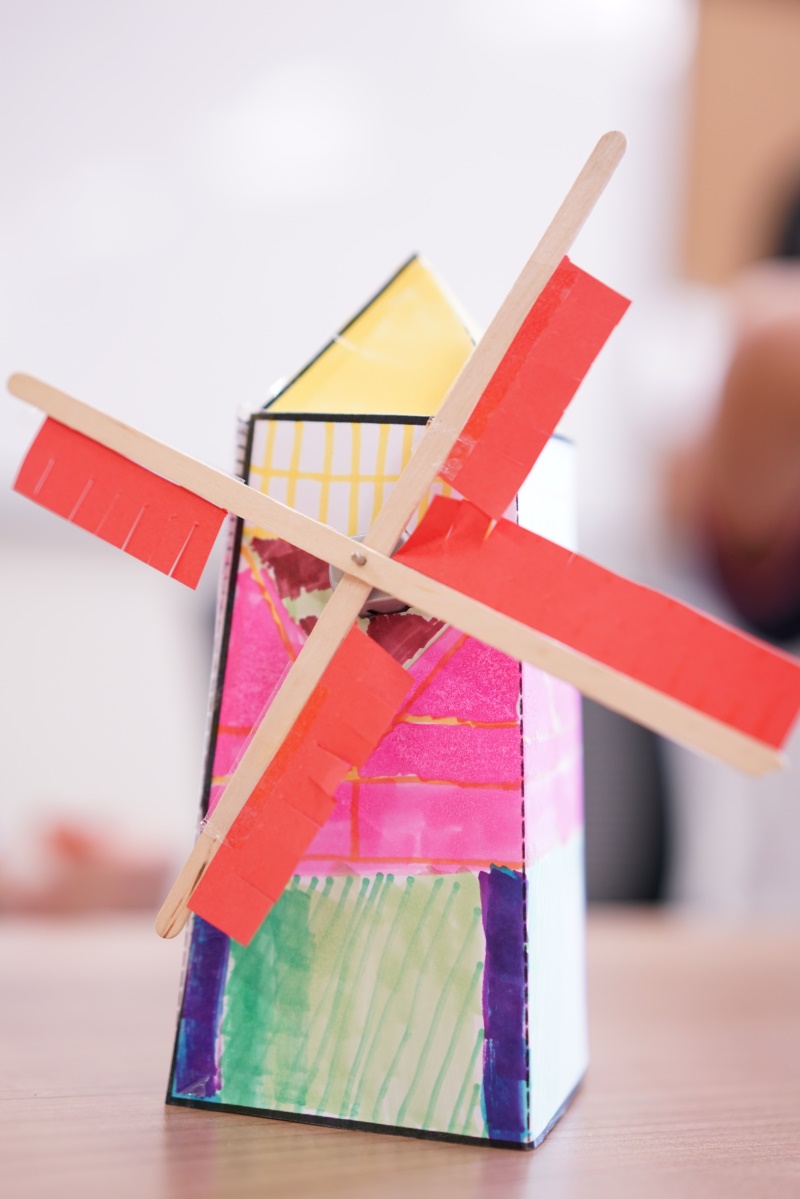

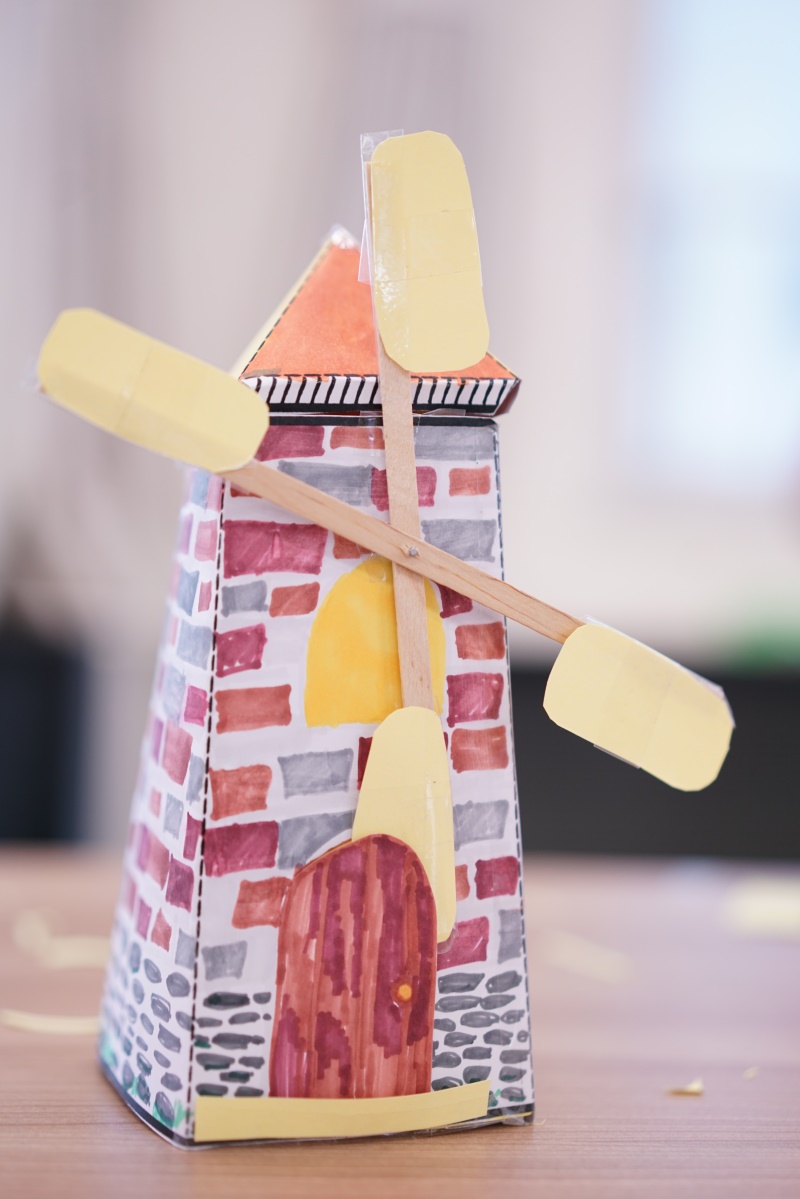
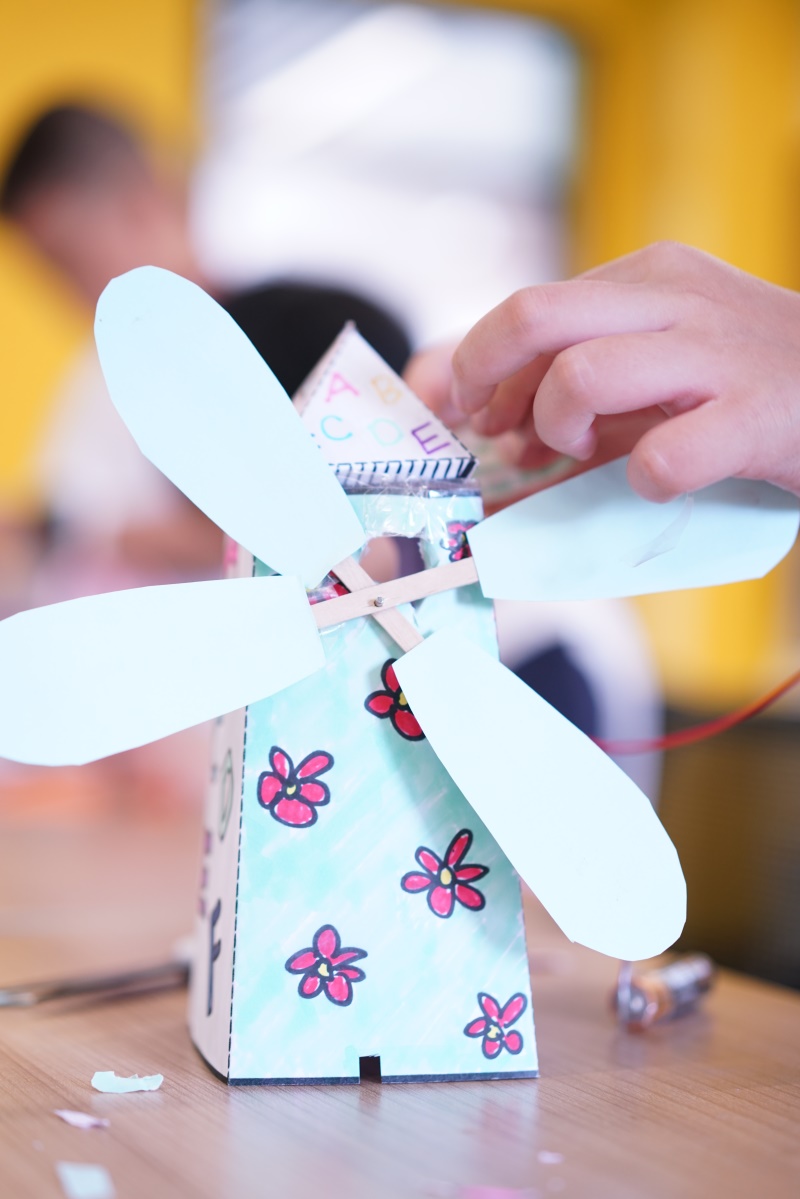
本次跨学科融合实验课由建筑教育孙晓萌老师和人工智能彭平老师共同执教,4C班20多名同学在老师的引导下开展了丰富的综合实践活动。
This inter-disciplinary trial class was co-taught by Architecture teacher Ms. Sun and AI teacher Mr. Peng. Tutored by teachers, more than 20 students from 4C began their exploration.

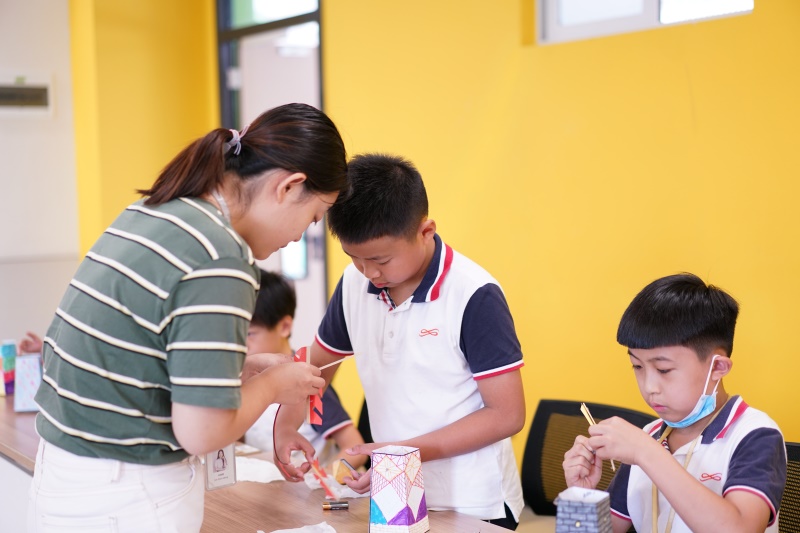
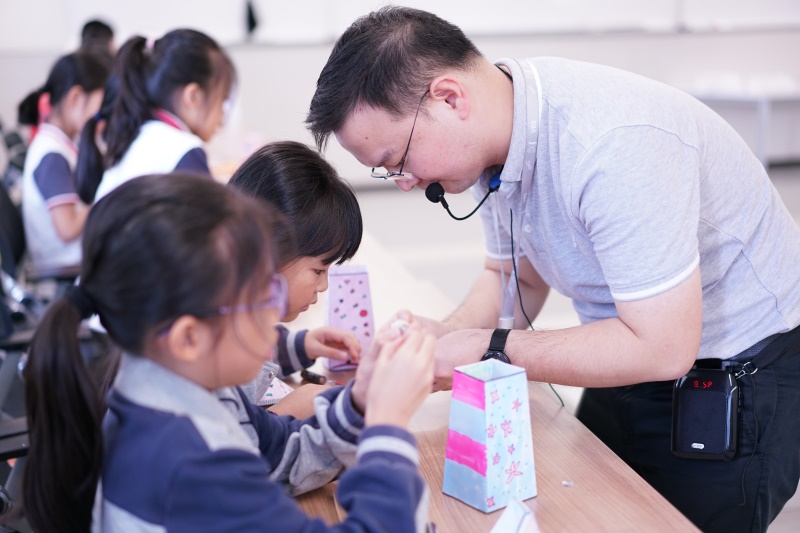
为了引导学生进行实践,提高课程的体验性和主题性,强调趣味性、创造力、动手与合作能力,在课程开始前,建筑教育课程教研组与人工智能教研组的老师们经过了深入讨论,利用布鲁姆教学目标分类理论来分析本课程中预置的全部问题分别属于哪一层次,然后分析如何在课程中引导学生进行思考和学习,锻炼学生高阶思维能力(分析、综合、评价与创造)。最后,通过学生自评、互评的方式,从更高的视角去综合信息,建立联系,从而得出结论。
Before the classes began, teachers from Architecture and AI discussed on providing guidance on practice, improving experience and theme of the class, emphasising the fun, creativity, manual skills and teamwork. They also used Bloom Taxonomy to classify all questions and analyse guiding questions for students to think and learn so that their higher order thinking abilities (analyse, synthesise, evaluate and create) would be built up. Finally, students would self-evaluation and peer evaluation to synthesise information to reach their conclusions.
前两个课时,学生在孙老师的指导下,探究荷兰风车造型和装饰特点,分析荷兰风车的作用和运行原理,并开始绘制风车纸模型。在学生完成风车设计和制作后,彭老师从图形化程序设计的角度为学生们讲解小电机的基本运行原理,让学生懂得风车是如何自动转动起来的,并指导学生在已完成的纸风车上安装电机,使其真正转动起来。
The first two periods was taught by Ms. Sun to research on the design and characteristics of Dutch windmills and to analyse their principles and effects so that paper models could be made. After the design and production, Mr. Peng explained the working principles of motors using graphical programmes such that students were able to understand how windmills rotate by themselves and install motors on their windmills.
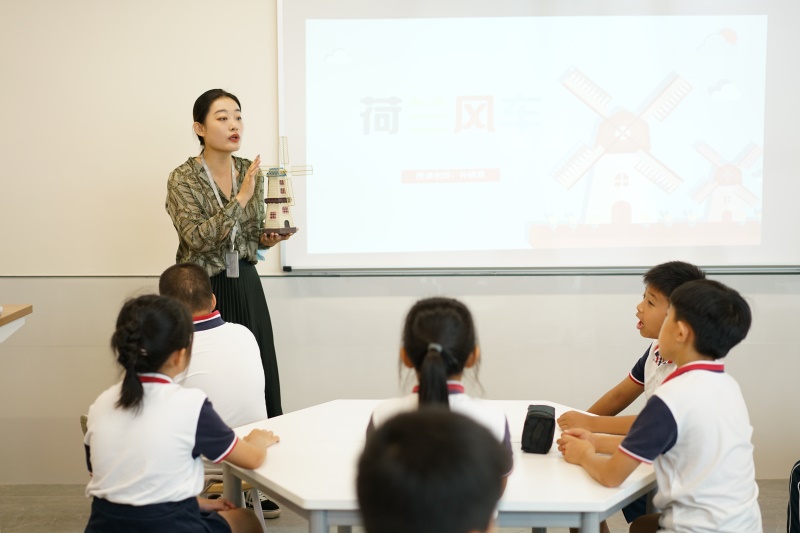
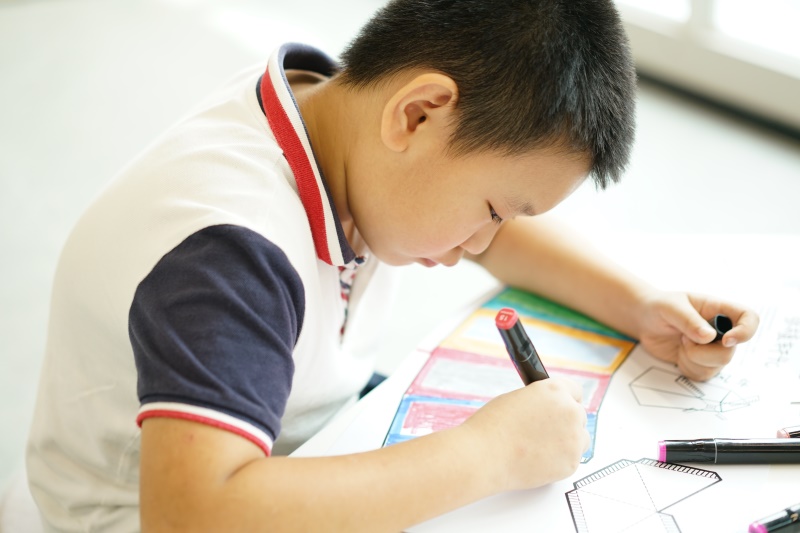

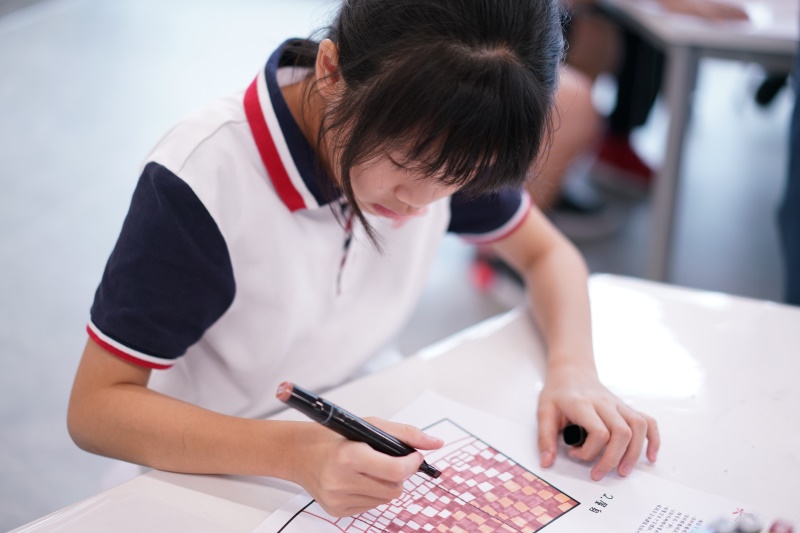
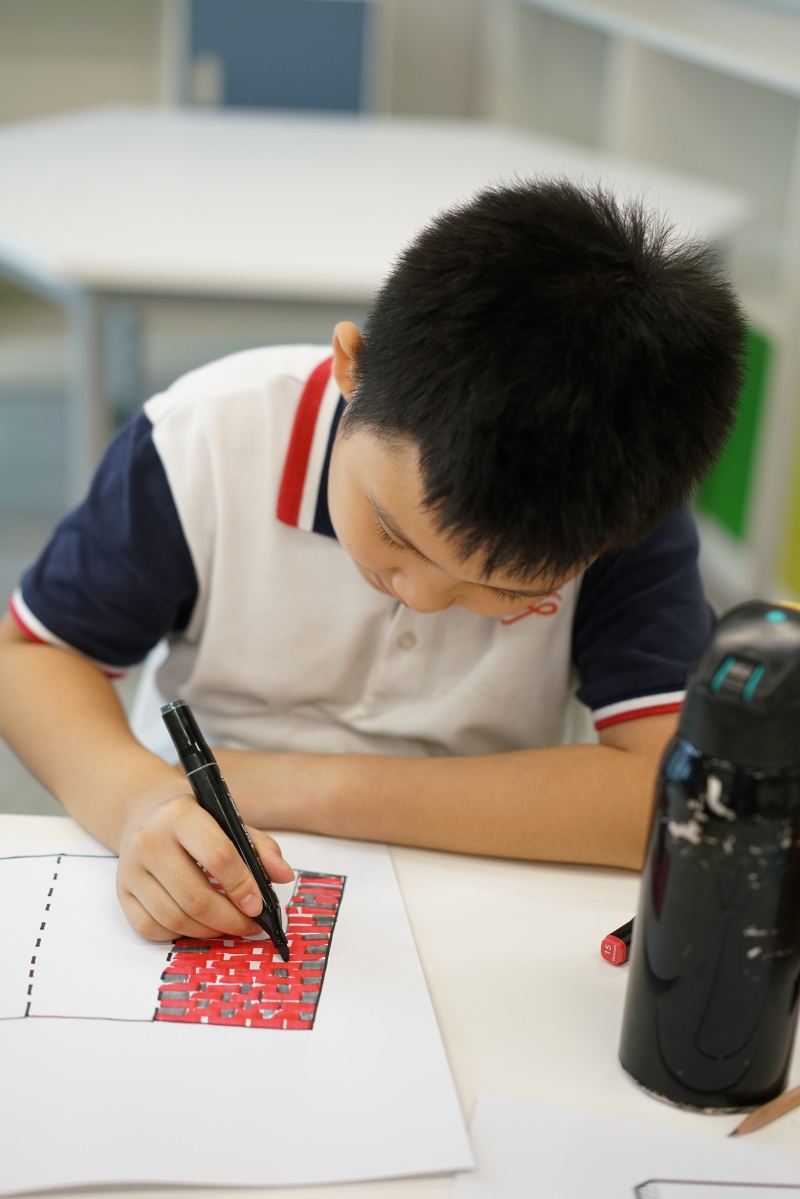
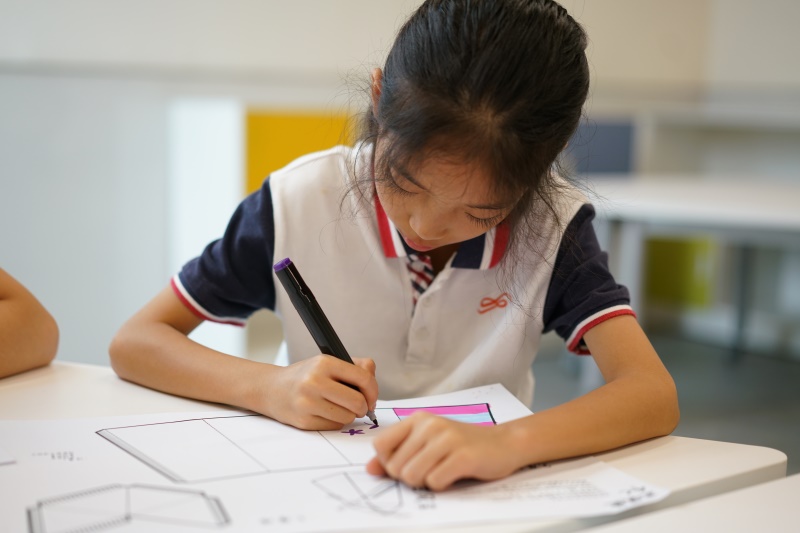
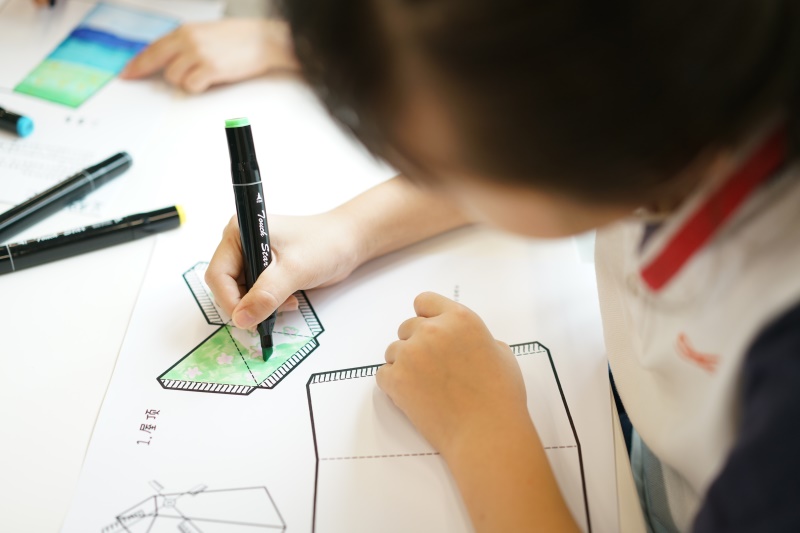
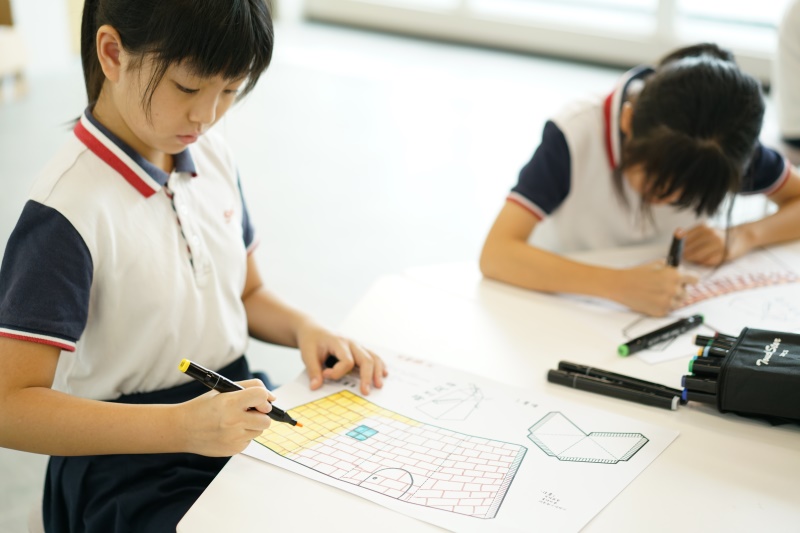
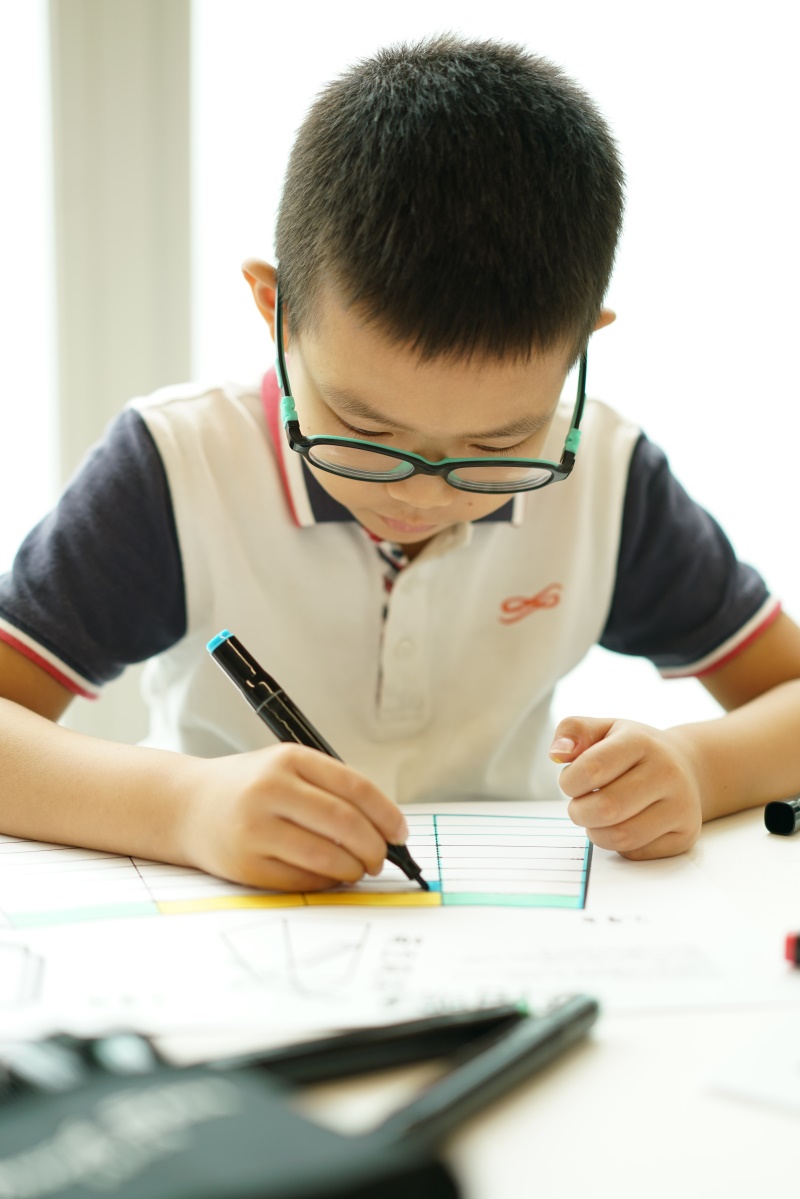
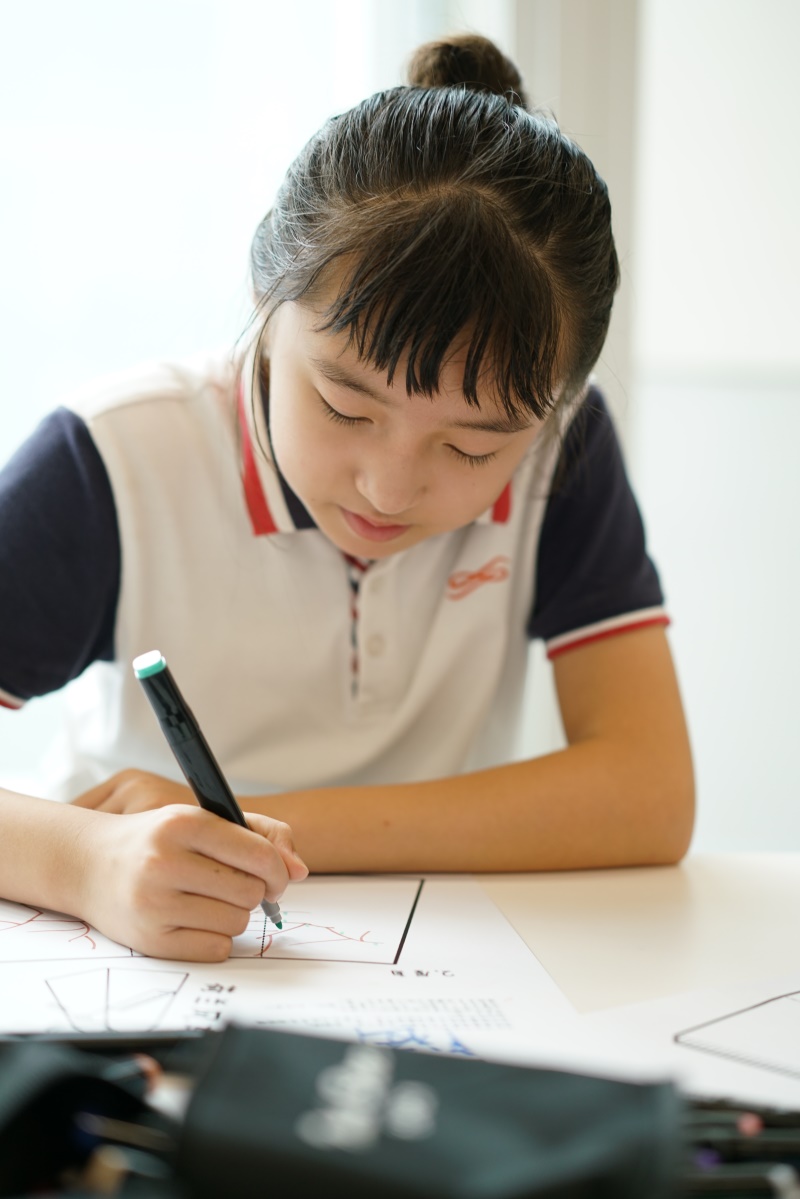
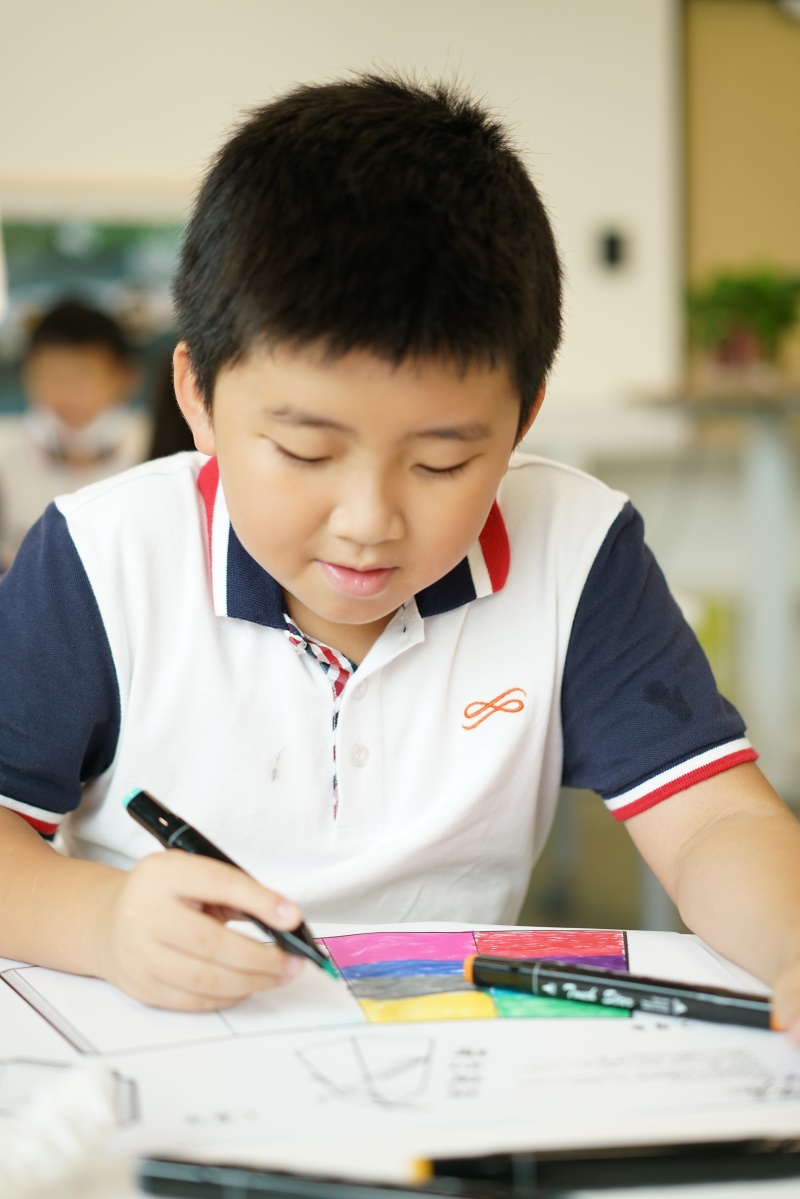

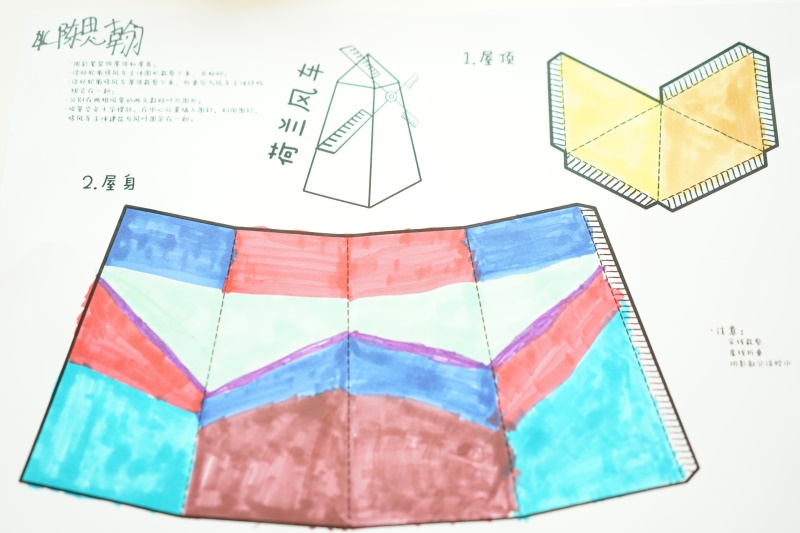
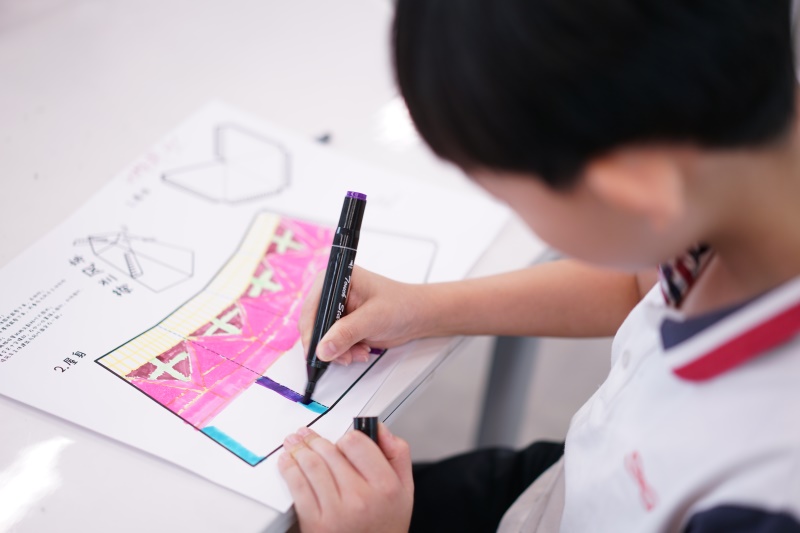
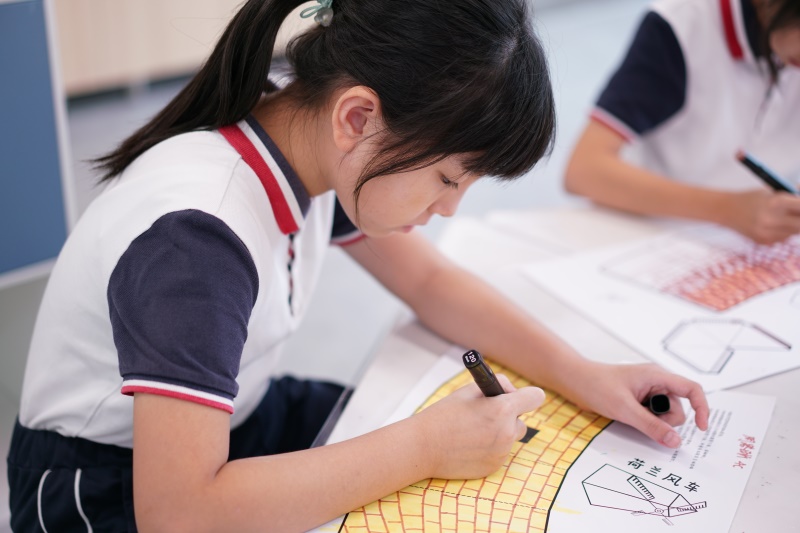
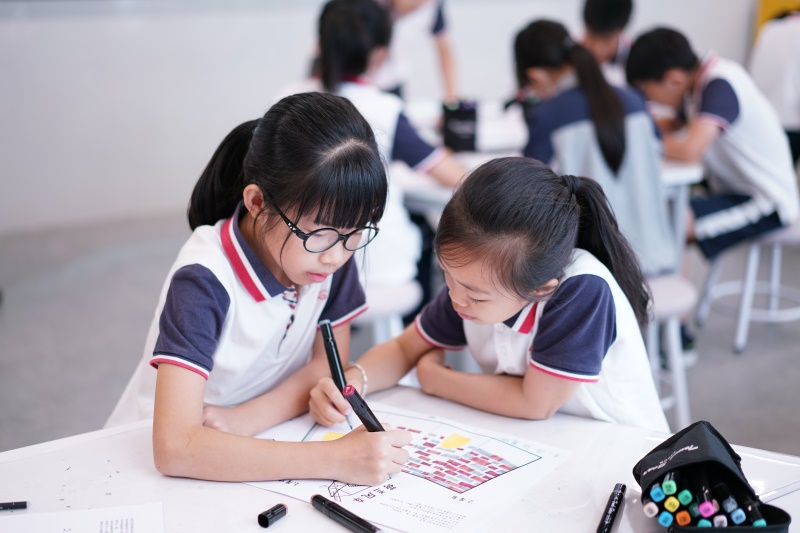

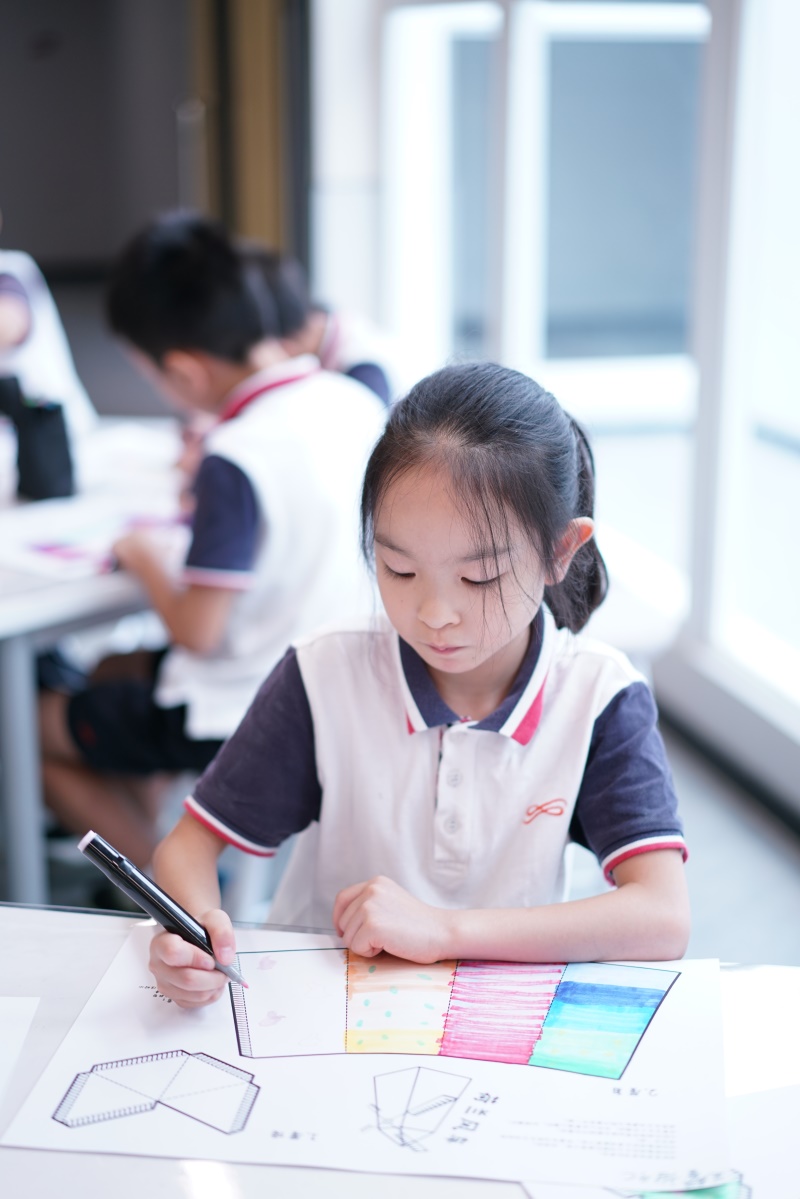
4C班的孩子们在学习过程中表现出了高度的专注和热情。他们积极思考风车的工作原理,学习如何将风车装饰的更加漂亮并使风车的叶片转起来,如何安装小电机才能保持建筑模型的稳固……孩子们充分发挥的自己的艺术想象力和创造力,不断地实践,在失败中总结经验,并在作品完成后获得了极大的成就感。当风车完成的刹那,孩子们眼里闪烁着成功的喜悦与智慧的光芒。孩子们纷纷表示想将作品带回家给父母欣赏。
Students from 4C showed their intense focus and passion during the process. They researched on working principles and decorations of windmills, ways to install motors to maintain stability of windmills. They used their artistic imagination and creativity to learn from mistakes before enjoying from their final work. As they completed the windmill, the joy of success and application of knowledge were all over their faces. They would like to take the windmills back home for their parents to observe.
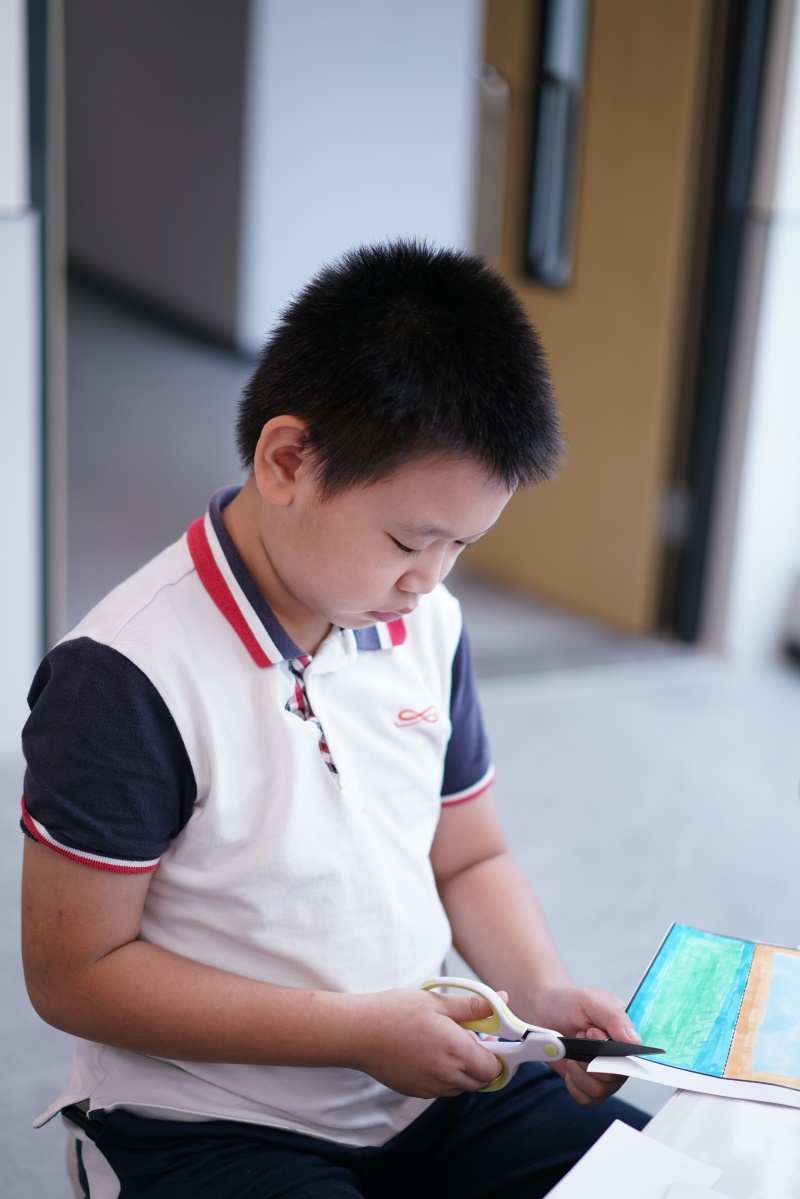
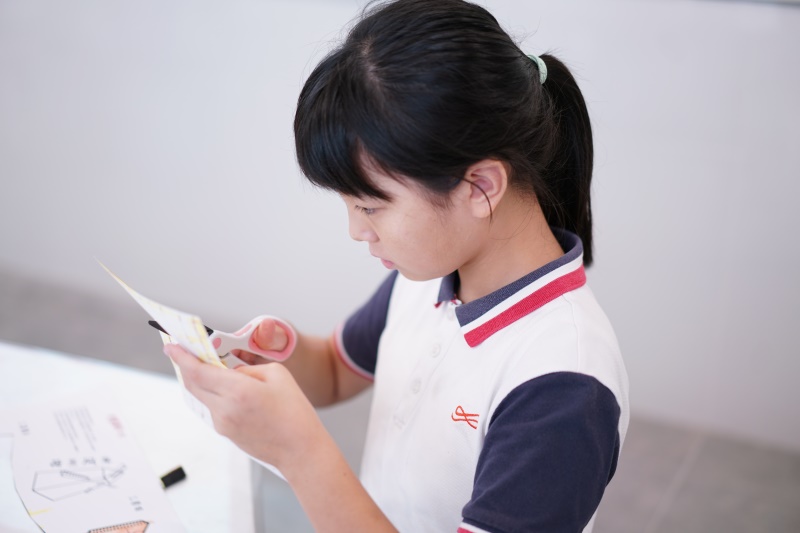
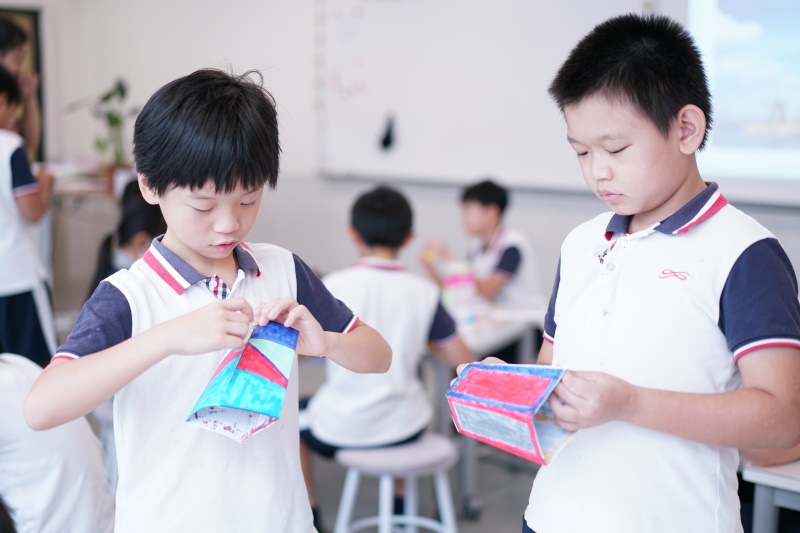

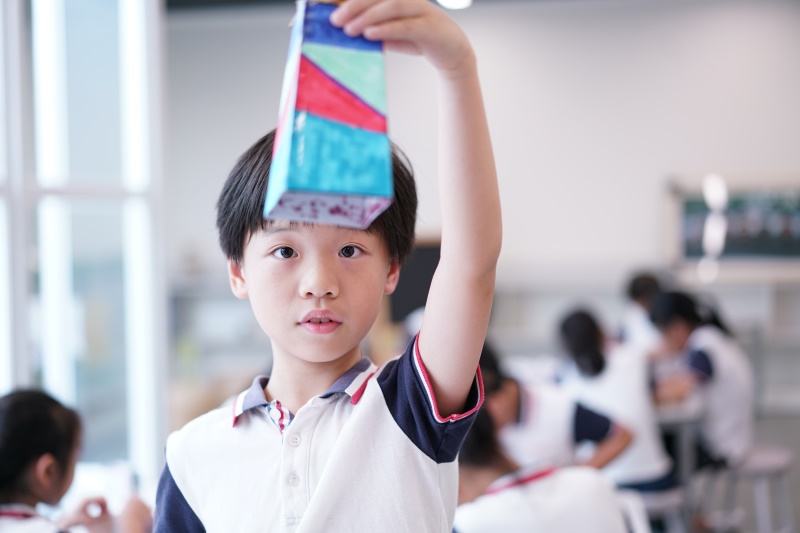
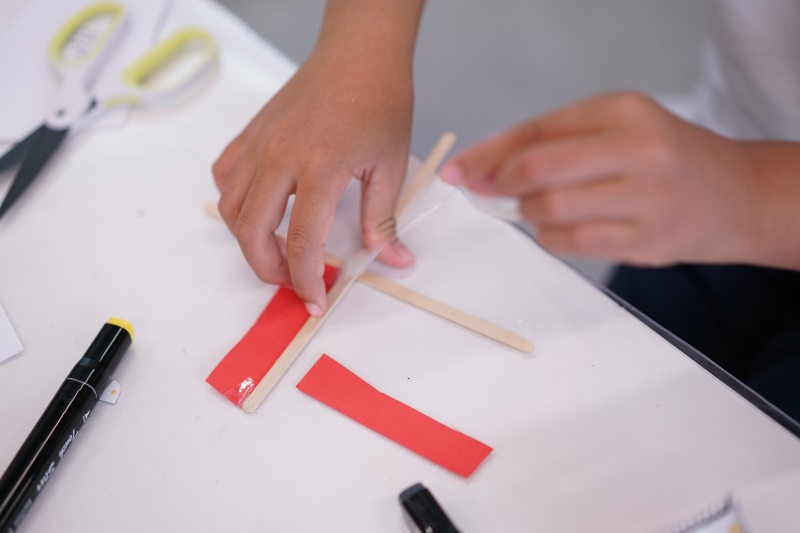
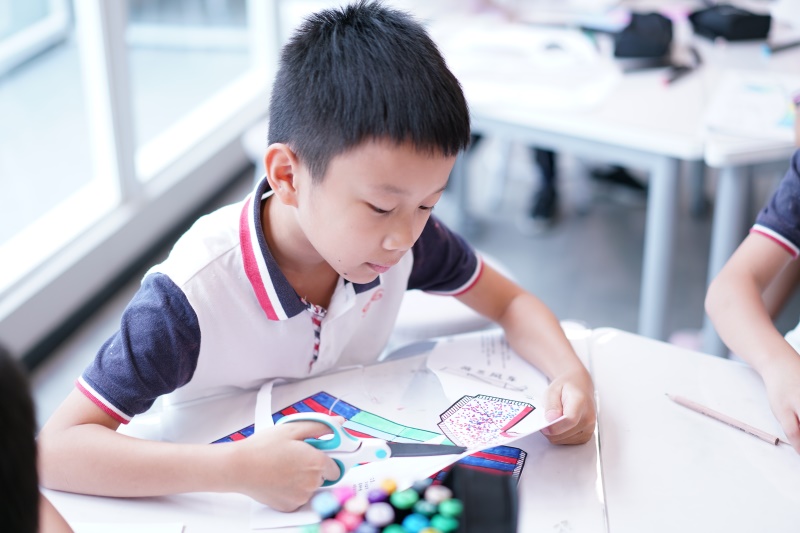
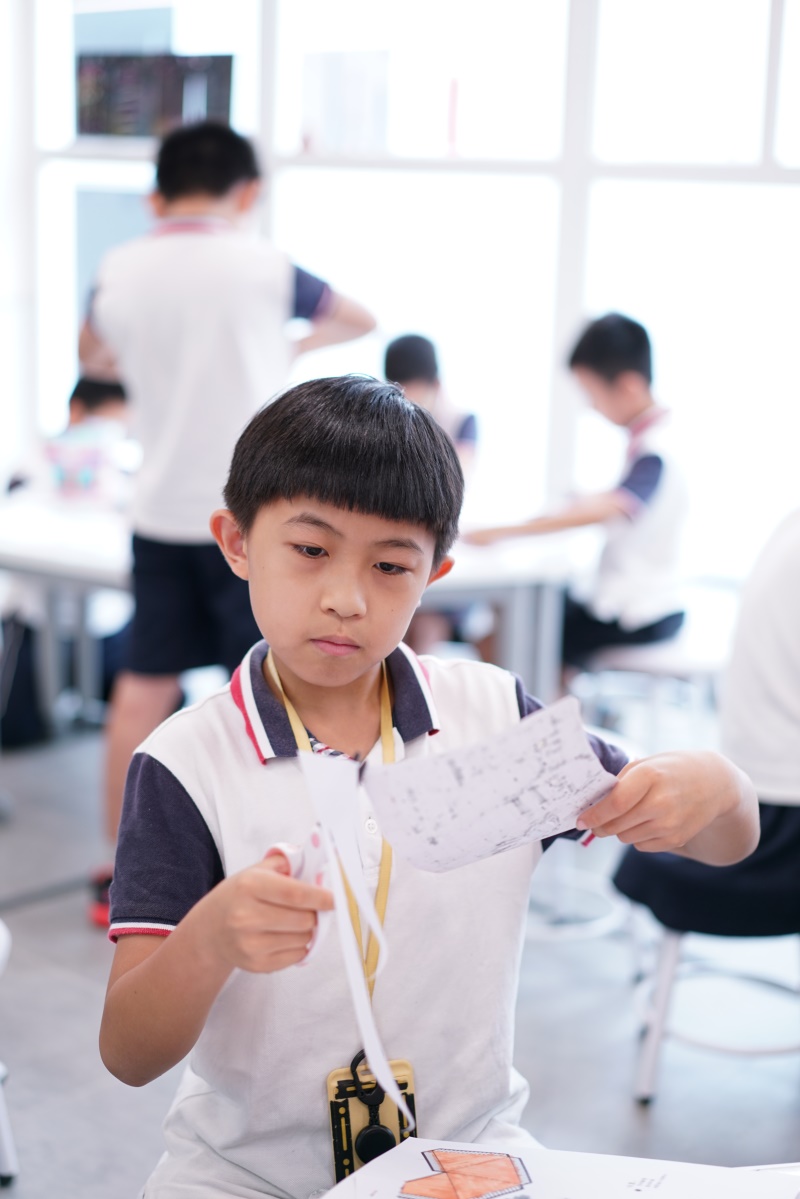
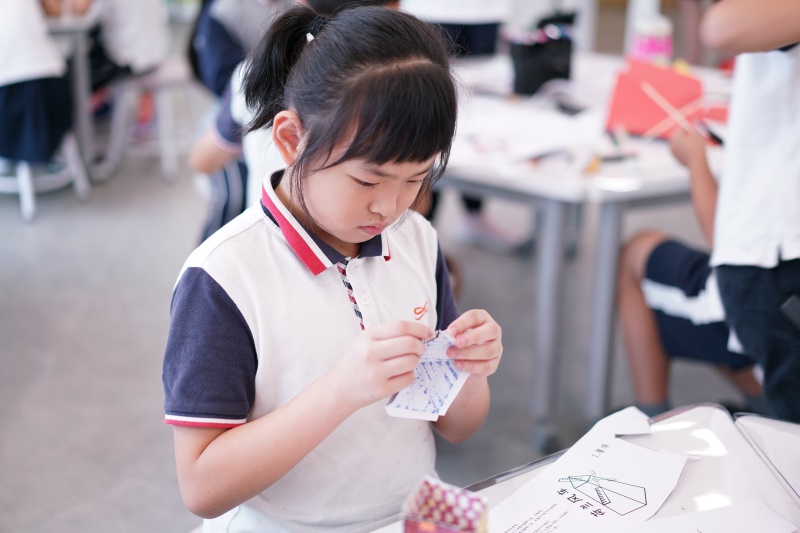
本次跨学科融合课程的实践充分激发了VBS学子的创造力、想象力和好奇心,让学生在研究和制作过程中提高了思维能力,学习到了建筑、艺术、人工智能等相关学科知识,并“串联”成了最美的课堂作品。
Students improved their thinking, learned new knowledge across different domains - Art, AI, Architecture and presented a wonderful piece of work. This inter-disciplinary class has inspired their creativity, imagination and curiosity.

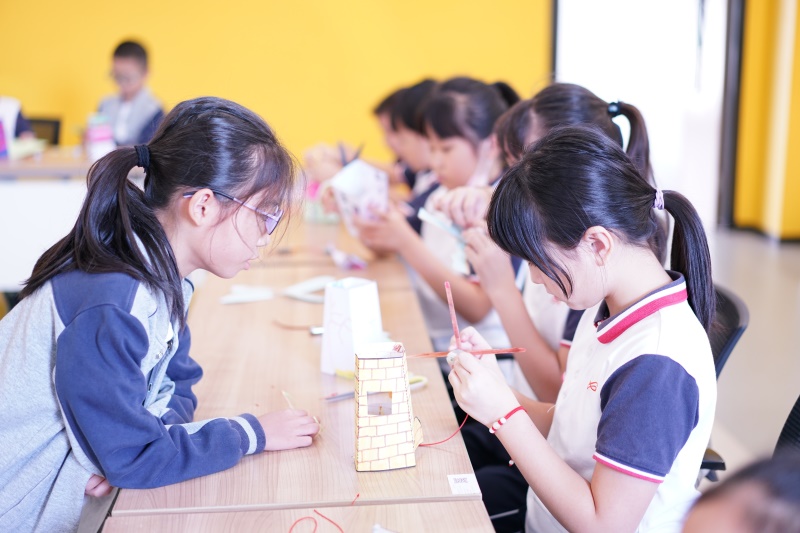
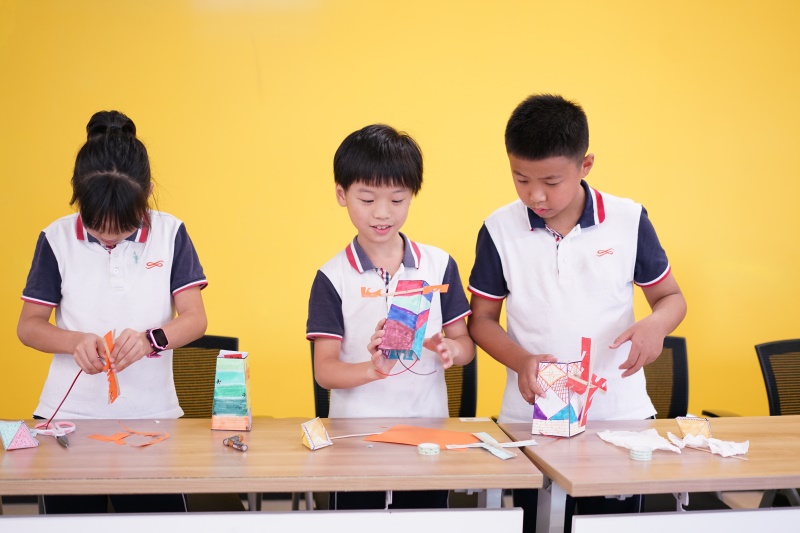
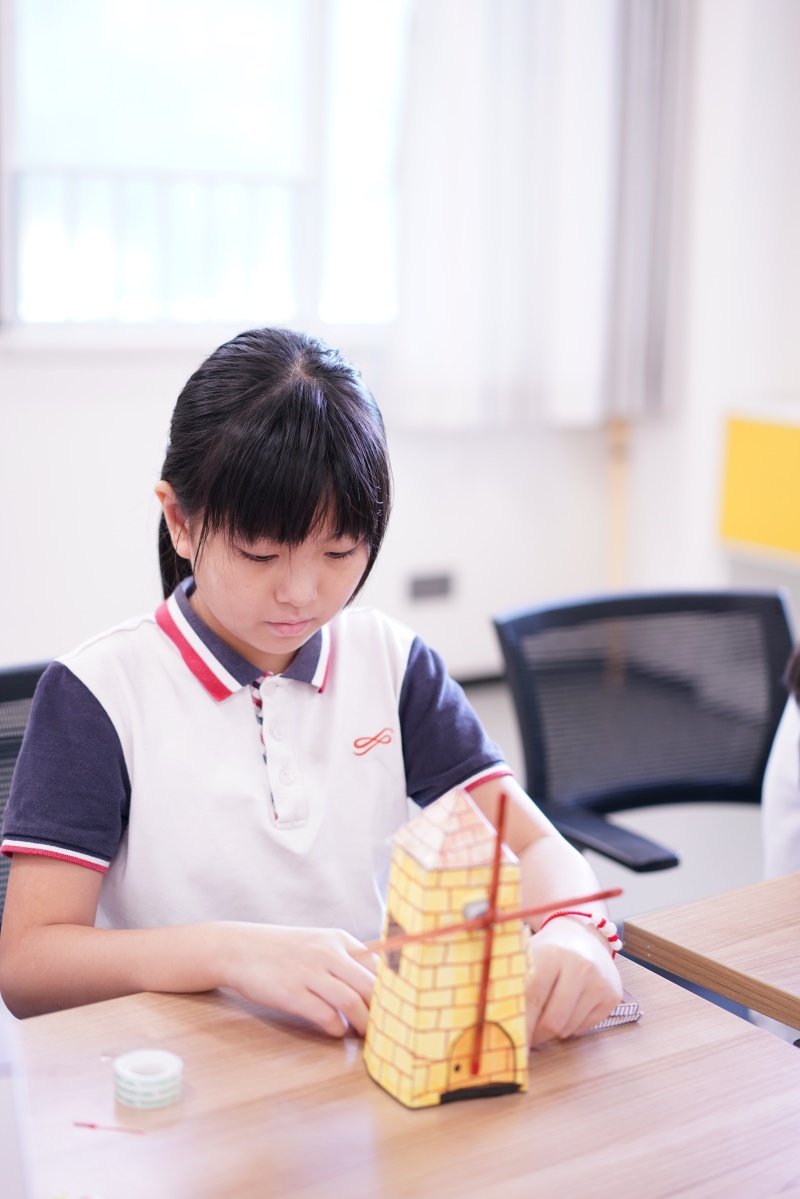

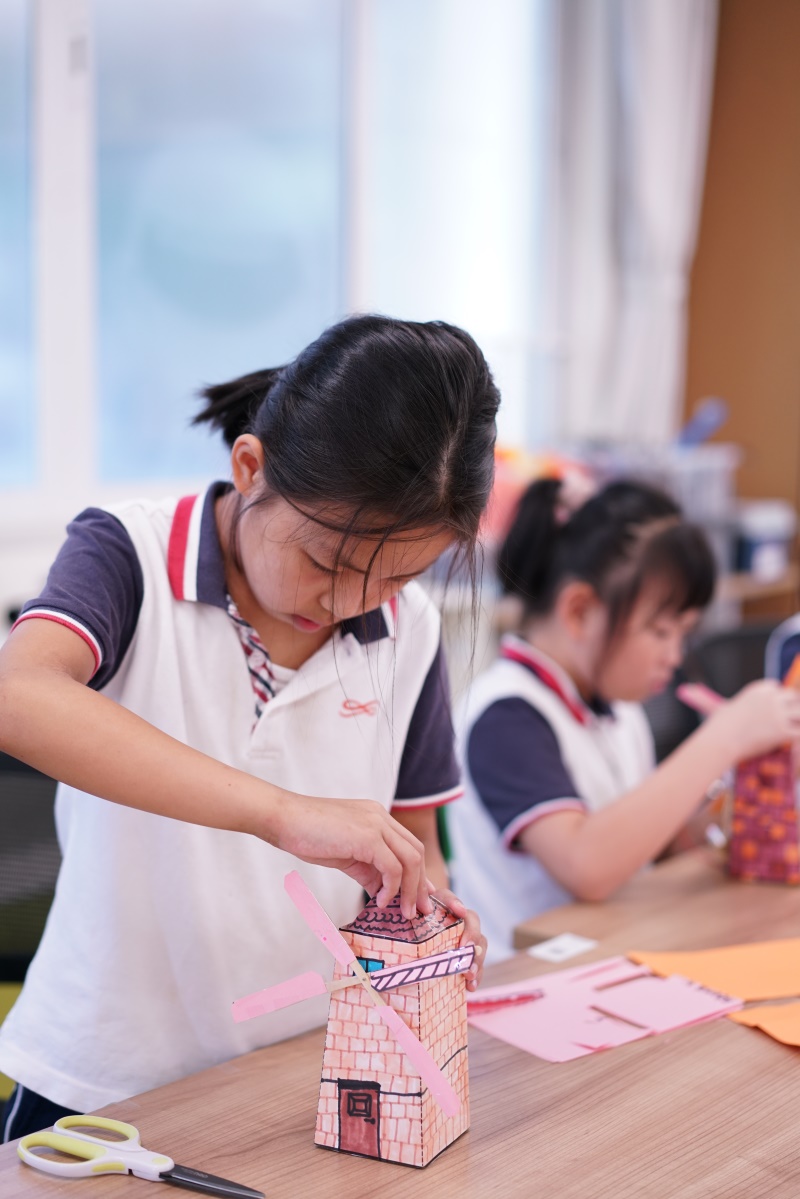

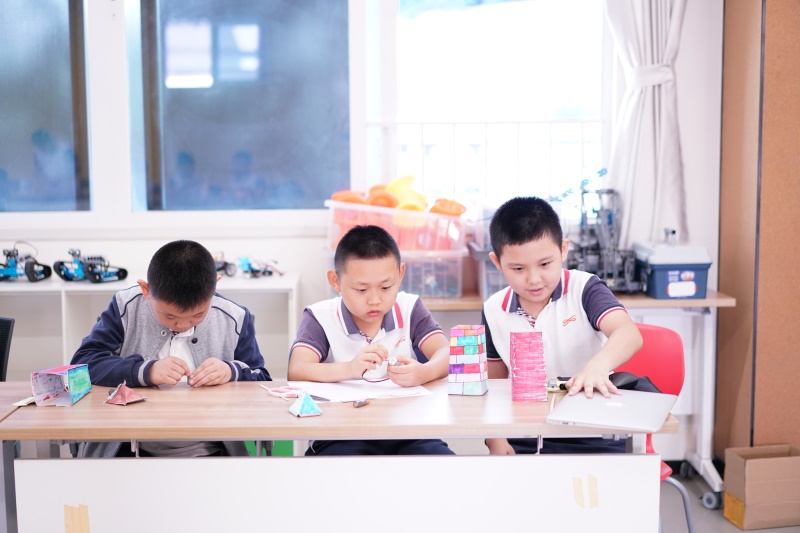
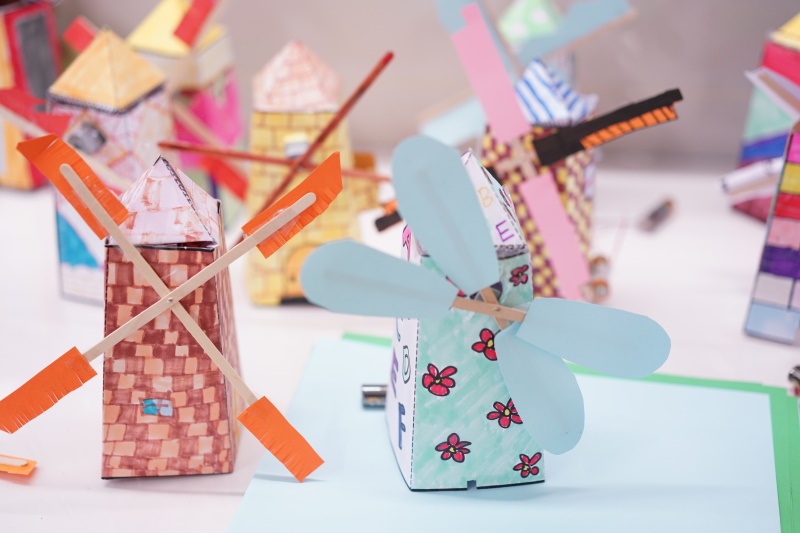
附现场小视频
https://v.qq.com/x/page/v31609p2y4d.html
文/孙晓萌 彭平 燕子
图/燕子
翻译/赖丁慈
剪辑/凯会
万双网讯 “看,我的荷兰风车转起来啦!”10月12日上午,VBS历时4个课时的建筑课与人工智能课实现了跨学科融合,学生们顺利完成了首个跨学科融合作品《荷兰风车》的制作。五颜六色的纸风车,是孩子们心血的结晶。
VBS News Net: 'See, my Dutch windmill starts to rotate!' students completed the production of Dutch windmill after 4 periods of Architecture and AI on 12th October as the VBS achieved inter-disciplinary joint studies. The windmill by paper was students' hard work.




本次跨学科融合实验课由建筑教育孙晓萌老师和人工智能彭平老师共同执教,4C班20多名同学在老师的引导下开展了丰富的综合实践活动。
This inter-disciplinary trial class was co-taught by Architecture teacher Ms. Sun and AI teacher Mr. Peng. Tutored by teachers, more than 20 students from 4C began their exploration.



为了引导学生进行实践,提高课程的体验性和主题性,强调趣味性、创造力、动手与合作能力,在课程开始前,建筑教育课程教研组与人工智能教研组的老师们经过了深入讨论,利用布鲁姆教学目标分类理论来分析本课程中预置的全部问题分别属于哪一层次,然后分析如何在课程中引导学生进行思考和学习,锻炼学生高阶思维能力(分析、综合、评价与创造)。最后,通过学生自评、互评的方式,从更高的视角去综合信息,建立联系,从而得出结论。
Before the classes began, teachers from Architecture and AI discussed on providing guidance on practice, improving experience and theme of the class, emphasising the fun, creativity, manual skills and teamwork. They also used Bloom Taxonomy to classify all questions and analyse guiding questions for students to think and learn so that their higher order thinking abilities (analyse, synthesise, evaluate and create) would be built up. Finally, students would self-evaluation and peer evaluation to synthesise information to reach their conclusions.
前两个课时,学生在孙老师的指导下,探究荷兰风车造型和装饰特点,分析荷兰风车的作用和运行原理,并开始绘制风车纸模型。在学生完成风车设计和制作后,彭老师从图形化程序设计的角度为学生们讲解小电机的基本运行原理,让学生懂得风车是如何自动转动起来的,并指导学生在已完成的纸风车上安装电机,使其真正转动起来。
The first two periods was taught by Ms. Sun to research on the design and characteristics of Dutch windmills and to analyse their principles and effects so that paper models could be made. After the design and production, Mr. Peng explained the working principles of motors using graphical programmes such that students were able to understand how windmills rotate by themselves and install motors on their windmills.


















4C班的孩子们在学习过程中表现出了高度的专注和热情。他们积极思考风车的工作原理,学习如何将风车装饰的更加漂亮并使风车的叶片转起来,如何安装小电机才能保持建筑模型的稳固……孩子们充分发挥的自己的艺术想象力和创造力,不断地实践,在失败中总结经验,并在作品完成后获得了极大的成就感。当风车完成的刹那,孩子们眼里闪烁着成功的喜悦与智慧的光芒。孩子们纷纷表示想将作品带回家给父母欣赏。
Students from 4C showed their intense focus and passion during the process. They researched on working principles and decorations of windmills, ways to install motors to maintain stability of windmills. They used their artistic imagination and creativity to learn from mistakes before enjoying from their final work. As they completed the windmill, the joy of success and application of knowledge were all over their faces. They would like to take the windmills back home for their parents to observe.









本次跨学科融合课程的实践充分激发了VBS学子的创造力、想象力和好奇心,让学生在研究和制作过程中提高了思维能力,学习到了建筑、艺术、人工智能等相关学科知识,并“串联”成了最美的课堂作品。
Students improved their thinking, learned new knowledge across different domains - Art, AI, Architecture and presented a wonderful piece of work. This inter-disciplinary class has inspired their creativity, imagination and curiosity.









附现场小视频
https://v.qq.com/x/page/v31609p2y4d.html
文/孙晓萌 彭平 燕子
图/燕子
翻译/赖丁慈
剪辑/凯会
办学理念:让孩子站在未来中央
培养(成长)目标:培养(成为)身体健康、人格健全、学力卓越,具有家国情怀和国际视野, 敢于创造美好未来的中国公民。
地址:深圳市龙华区民治街道华南路80号
电话:0755-66866333
http://vbs.vanke.com
Vanke Bilingual School, Longhua District, Shenzhen
Educational Idea: Let our children experience the future.
Training objectives: our students will become citizen of China with good physical health, sound personality, excellent academic abilities, patriotism, international vision and the courage to create a better future.
Address: No.80 Huanan Road, Minzhi Sub-district, Longhua District, Shenzhen
Contact: 0755-66866333
http://vbs.vanke.com
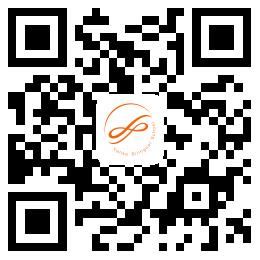
学校网站二维码
QR code of school website
学校公众号二维码
QR code of school official account